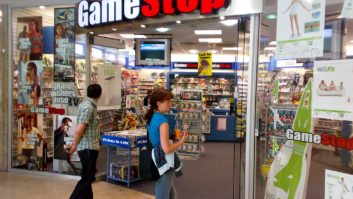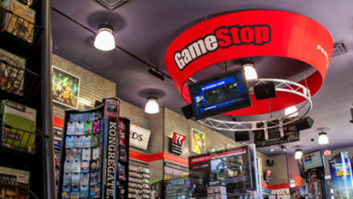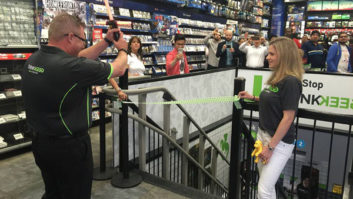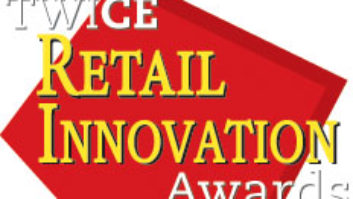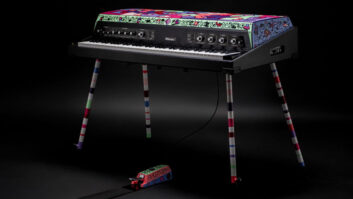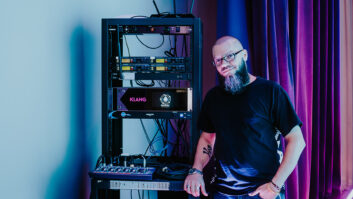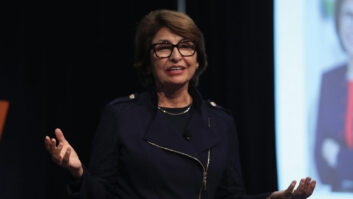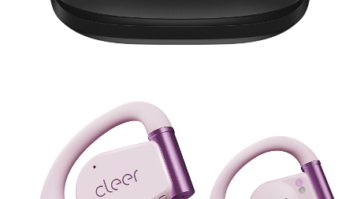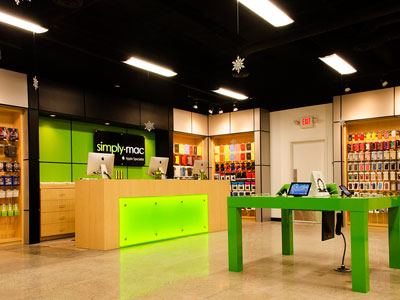
GameStop is developing a new game face.
Tired of being bound to the ebb and flow of title and console cycles, and competing with its vendors for digital downloads and with big-box discounters for everything else, the 6,800-store retailer is finding greener pastures in the worlds of mobile, Apple and collectibles retail.
Indeed, its offshoot retail chains, packaged together under a new technology brands portfolio, have been powering up the otherwise stagnant business.
First some background: The planet’s largest video game and entertainment software specialty retailer can trace its roots to Babbage’s Etc., a Dallas software store that became a Barnes & Noble subsidiary.
Eventually spun off as a public company, GameStop achieved its global girth following the 2005 purchase of EB Games for $1.4 billion.
Other acquisitions ensued, including cloud gaming tech firm Spawn Labs, which it snatched up as a hedge against packaged-software obsolesce, but shut down three years later due to a lack of consumer traction with streaming video game delivery.
But none of them have had the long-term potential of its technology brands segment, comprised of the Spring Mobile and Cricket cellular chains and its Apple-authorized Simply Mac reseller stores.
GameStop was able to enter both channels in one fell swoop with the 2013 acquisition of Spring Mobile parent Spring Communications. Built on the ashes of a failing mobile accessories business acquired by investor Vern Dickman in 2001, the authorized AT&T retailer under CEO Jason Ellis steadily grew its operations from mall carts and kiosks to in-line stores by delivering an exceptional-for-the-channel customer experience. Five years later, employing the same customer-centric approach, the team launched iMac- and iPod-chain Simply Mac with Apple’s blessing and the help of Spring COO Steven Bain.
Fueled by GameStop’s cash flow, the chains aggressively expanded into new territories by buying up regional players, including last April’s purchase of The Mac Store, a 10-location reseller in the Pacific Northwest, and last year’s acquisition of the 53-store Product Center wireless chain in New York.
More recently, Spring Mobile tacked on 163 former RadioShack locations that were picked up in the bankruptcy auction, making it the largest and fastest-growing authorized AT&T retailer with 590 stores as of August. (Simply Mac, which sells all things Apple, now stands at 72 stores.)
At the same time, the company plans to close about 200 of its flagship stores worldwide, a reduction of about 3 percent, which serves as a good indication of which way the wind is blowing.
Lending even greater momentum to GameStop’s cellular tsunami are the 69 Cricket prepaid AT&T stores under its wing, and reciprocal sales of Cricket Wireless products and services within GameStop’s own flagship stores.
The company further diversified its portfolio in June when it cut a $140 million deal to acquire Geeknet/ThinkGeek, a seller of sci-fi and pop-culture collectibles and gadgets. GameStop believes the business can add over $100 million in annual net sales to the kitty.
So far its non-gaming bets have been right on the money. In its most recent quarter, ended Aug. 1, net sales rose just 1.8 percent, but revenue within the tech brands segment rose more than 62 percent, helping to fuel a 35 percent increase in net income.
Broken out by product category, mobile and CE sales were up nearly 27 percent, and “miscellaneous” sales of ThinkGeek tchotches rose almost 38 percent, while sales of new video game hardware fell 2.2 percent, new software sales decreased 6 percent, and pre-owned sales were essentially flat, due in part to unfavorable currency fluctuations.
Interestingly, pre-owned gaming products, a key marketplace differentiator before Best Buy and Walmart joined the bandwagon, remain the company’s largest category at 32 percent of the sales mix.
But expect that to change going forward as GameStop moves closer to actualizing its name.




